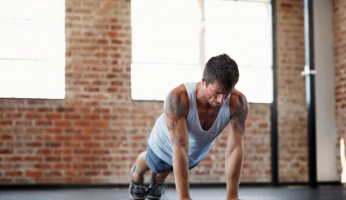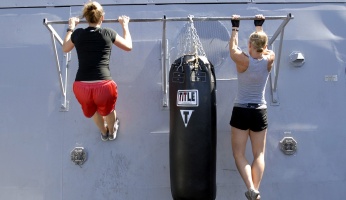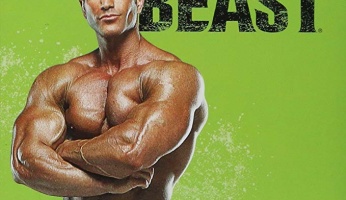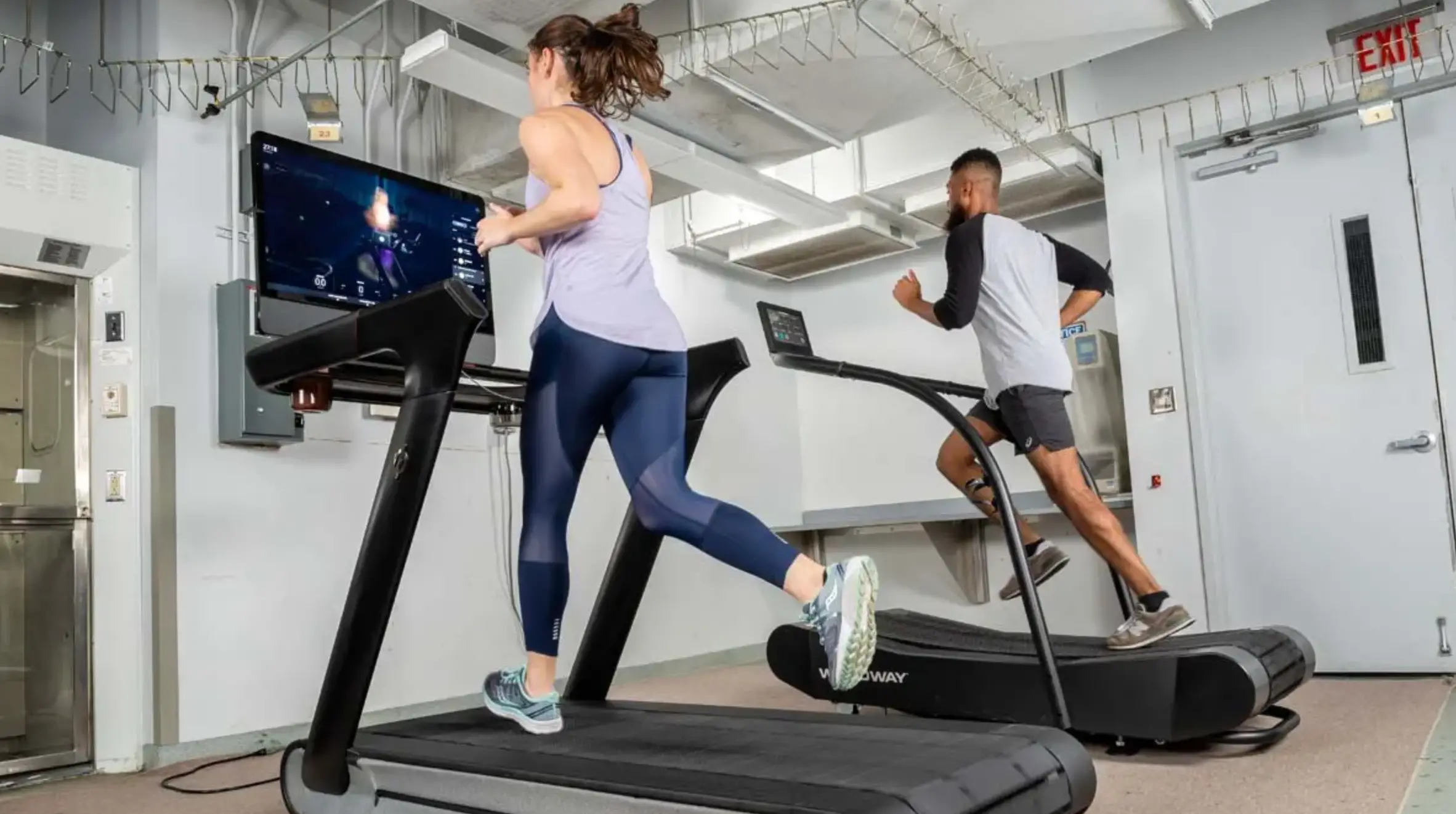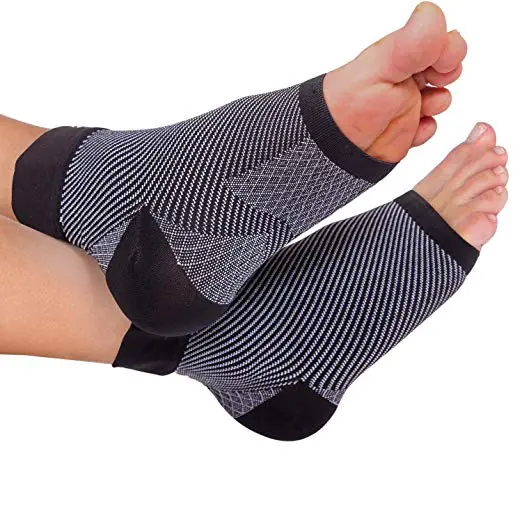How To Do Face Pulls: Proper Form & Common Mistakes
The humble face pull is an often overlooked but necessary exercise to improve your bench press and build killer shoulders.
Shoulder presses, overhead presses, and bench presses are great to push exercises that engage your upper back, core and preserve your shoulder health. Still, if you aren’t incorporating pull exercises into your routine, you are leaving a lot of untapped potential on the table.
This simple exercise is simple to pull off, doesn’t require a lot of weight, and can even strengthen all those little tendons and ligaments. When your muscles and tendons can work together, you can push heavier weight without running the risk of an injury!
How To Do A Face Pull
Face pulls require a cable pulley machine where you can easily adjust the weight and a rope attachment. This is a stretching/strengthening exercise, so you don’t need to go super heavy with the amount of weight to reap the benefits.
Most lifters pop on around 30 pounds of weight to the rope, but your mileage may vary. Tinker around with the weight to find the perfect point where you can knock out sets of 10 with a little bit of gas left in the tank.
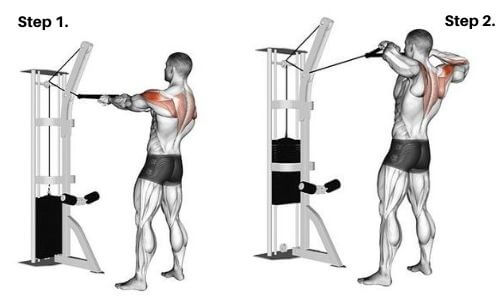
If you don’t have a cable face pull machine, don’t worry! Using a resistance band is a great way to engage the same muscle groups without heavy gym equipment.
Be sure that when shopping around for resistance bands, you opt for the open bands rather than the loop. Wrap the band around a support beam in your basement (or even around a tree) and engage in the motion just like a cable machine.
4 Tips for Proper Form
Proper form is important with all lifts, but this rings even more true with face pulls. This is a very isolated movement that hits smaller muscles groups and tendons, so ensuring that your form is spot-on is the key to success.
A few things to keep in mind while engaging in this lift is:
1. Go Slow. With such a low weight, you may be tempted to knock out as many sets as you can as fast as you can, but going nice and slow is the key here.
Be mindful of the muscles you are engaging as you pull the rope or band back, and give your upper back a bit of a squeeze at the height of the lift.
2. Lean Back. Be sure to position your body at a slight 20-degree angle as you step back. This takes the pressure off your lower back and allows you to dig deeper into the motion.
3. Maintain Good Posture. If your posture crumbles, you’ll dump the weight of the pulley everywhere but your shoulders, and it can even lead to strain in your lower back.
From the starting position, keep your back upright and always engage your core muscles throughout the lift. Think of your upper body like a stiff board and only move your arms.
4. Don’t Roll Your Shoulders. It may feel natural to roll your shoulders forward at the bottom of the lift, but don’t do this!
Keep your shoulder muscles rolled back at all times and your upper back tight, and never fully extend your arms. Be sure to keep your upper back under tension throughout the entire exercise for maximum results.
3 Most Common Mistakes
The face pull is a very nuisance movement, and it’s easy to get it wrong by assuming a poor posture. Below, I wanted to take a quick look at some of the most common mistakes lifters make when engaging in this type of strength training.
1. Shallow range of motion. It’s called a face pull for a reason! Make sure that you pull the rope all the way back to your face. If you have a shallow range of motion, you miss out on the meat and potatoes of the lift.
Squeezing your shoulder blades and upper back muscles together at the end of the lift is where you see the most muscle engagement, so if you stop short, you are robbing yourself.
2. Too much weight. This is a stretching exercise more than anything, so it’s super important to keep the weight low. Even though you can knock out 10 reps at 80 pounds doesn’t mean that you should.
When there is too much weight on the line, you will dump that weight to other areas of your body and even risk a shoulder injury. No one wants that.
3. Improper Grip. Your grip is also super important. The key here is to keep your palms facing your head. If your palms start to drift outwards, it will dump the weight on your biceps, and this is not a bicep exercise.
Grip often drifts because there’s too much weight on the line, so if you notice your grip drifting, lower that weight!

When To Incorporate Face Pulls Into Your Workout Routine
So, are face pulls best saved for shoulder day, or do they pair better for upper back day?
Ideally, they should be used for both!
Fitting in this amazing upper body workout to build muscle is best used one to three times per week and is best utilized at the end of each set. I like to build a lifting routine with heavy push and pull exercises and then finish the set off with face pulls.
While it’s a great strengthening building tool, it is also great for a warm-up or a cool down. This movement helps stretch out tight muscles in your upper back and shoulder joints and build strength in all of those tiny ligaments.
If you work at a computer all day, few movements feel quite as good as a face pull. Even on rest days, hitting up the pull machine to stretch those muscles in your upper back helps relieve tension and boost mobility in your shoulders.

